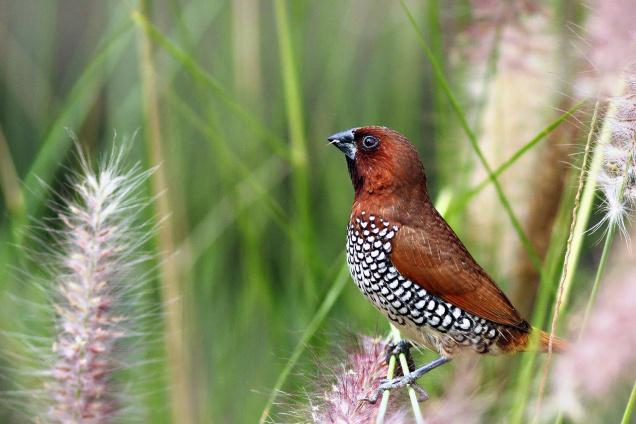
Lonchura punctulata
SUBFAMILY
Lonchurinae
TAXONOMY
Loxia punctulata Linnaeus, 1758.
OTHER COMMON NAMES
English: Scaly-breasted munia/mannikin/finch, barred munia,
spice finch/bird, ricebird, nutmeg mannikin/finch, spotted
mannikin, common munia; French: Capucin damier; German:
Muskatamadine; Spanish: Capuchino Nutmeg.
PHYSICAL CHARACTERISTICS
3.9–4.7 in (10–12 cm). Sexes alike with juveniles a paler brown
and lacking the scaled pattern on the underparts.
DISTRIBUTION
India, southern China, and Southeast Asia including parts of
Malaysia and Indonesia. Populations introduced in Australia,
Hawaii, Puerto Rico, Japan, and the Seychelles.
HABITAT
Inhabits open or semi-open habitats including cultivated and
inhabited areas, parks and gardens, grassland, rice fields, and
forest edges.
BEHAVIOR
Found in large sometimes mixed-species flocks. The call is a
repeated “kitty-kitty-kitty.” The soft song is a “klik-klik-klik”
followed by a series of whistles and ending with a “weeee,” although
it can be highly variable.
FEEDING ECOLOGY AND DIET
Feeds on grass seeds, including rice, both on the ground and
on live plants. There are several reports of birds feeding on
flattened roadkills, possibly as a source of minerals from bones.
This species also feeds in human trash dumps taking scraps of
bread and other food.
REPRODUCTIVE BIOLOGY
As many as several hundred round nests of grass and bark can
comprise a breeding colony. Three to seven white eggs are incubated
for 14 days.
CONSERVATION STATUS
Not threatened.
SIGNIFICANCE TO HUMANS
This species is commonly kept and bred in captivity where it is
known as the spice finch. Large numbers are caught for the pet
trade, with no noticeable impact on population numbers except
in Vietnam and Southeast Asia where the species is also caught
in large numbers for human consumption and Buddhist religious
purposes.
Other popular Animals
Photo Gallery of - Spotted munia
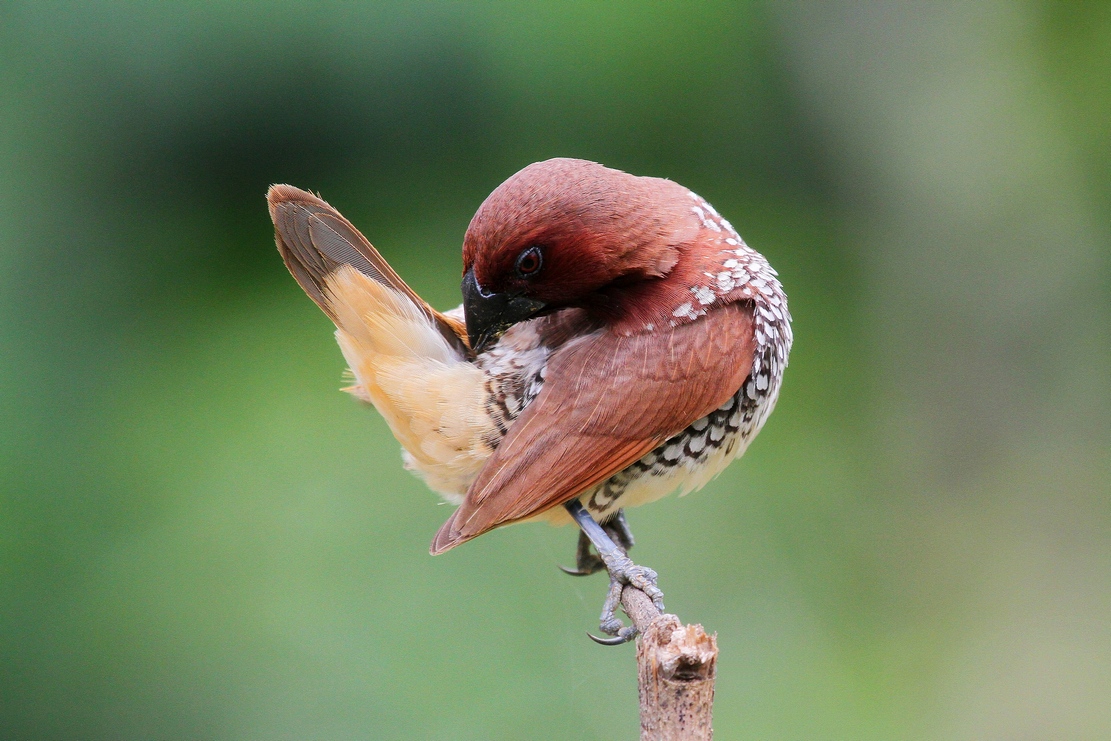
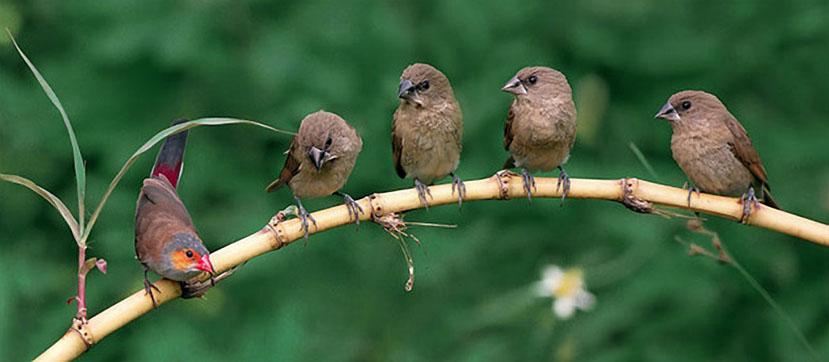
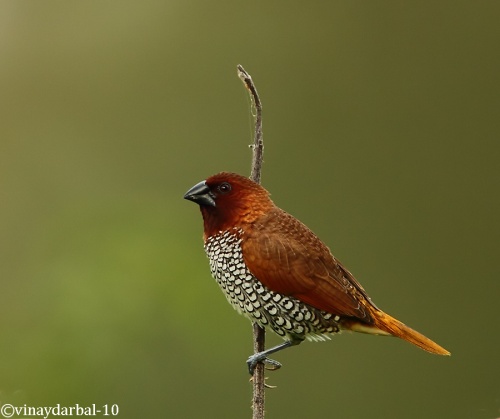
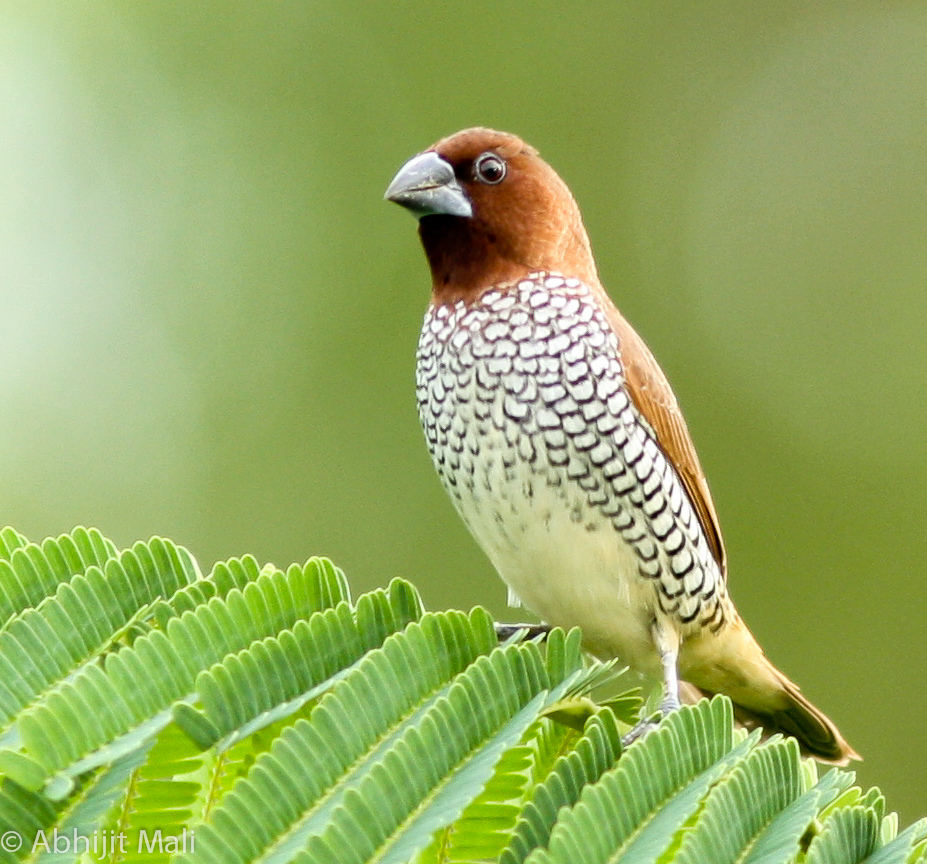
 Animalia Life
Animalia Life